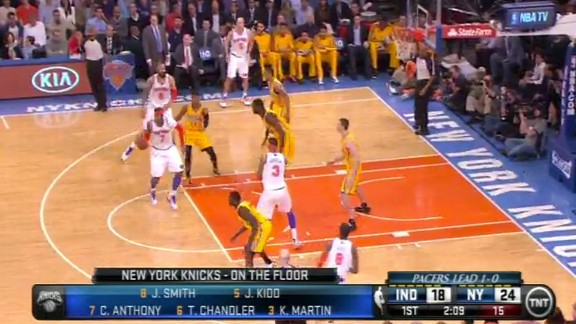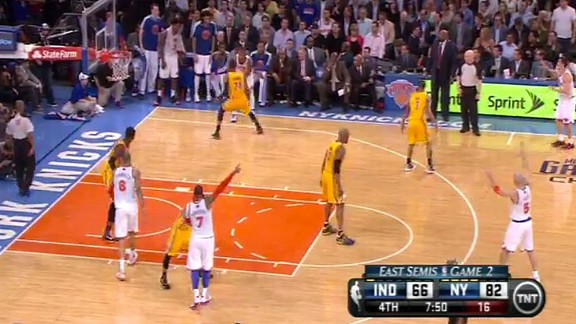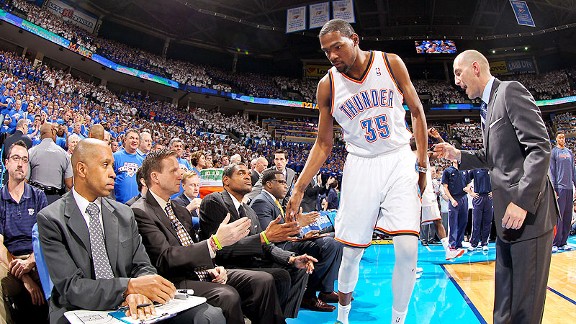antidope
Supporter
- 62,313
- 65,066
- Joined
- Jan 2, 2012
Theyre likely going to get hit with the curse of good drafting, they wont be able to keep all three.Tell ya what, I really like what Orlando is doin, but I was really, really off on what Golden State has been doin. We all knew Steph could shoot, but I did not know he could play this great. And having Klay shoot damn near as well, with Jack just being himself, and suddenly the Barnes we all expected from NC, with Bogut and Lee (tho out now) ......... damn. I did not see this coming.
Curry, Klay, and Barnes can still get better even.
Jerry West have anything to do with this team anymore? Who is getting the credit for the roster building?
Manu

CP what are your thoughts on GK winning CotY









 and attempts (154) since the Rudy Gay trade. He averaged 13 points and 5.8 assists before the deal.
and attempts (154) since the Rudy Gay trade. He averaged 13 points and 5.8 assists before the deal.